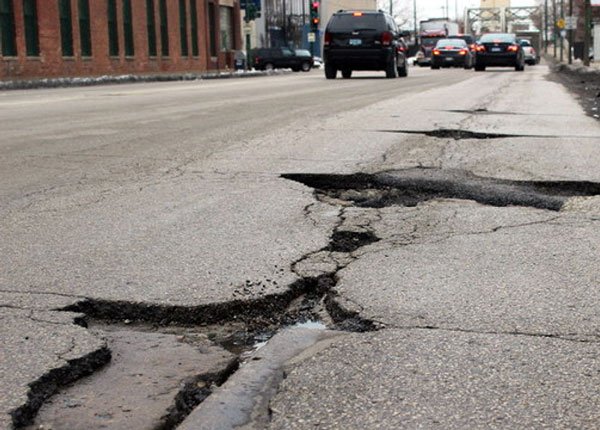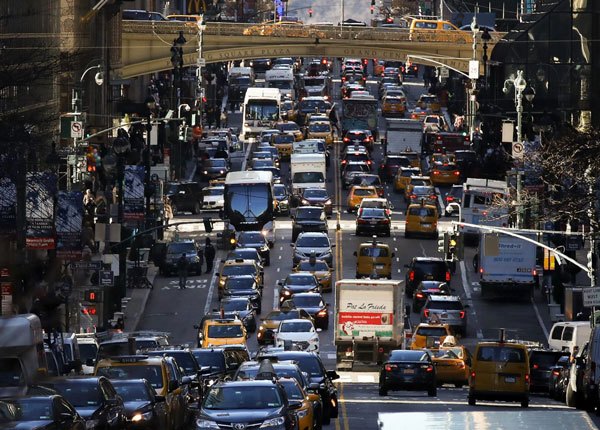
City Driving Hazards: The Challenges of Navigating Urban Roads
Updated Dec. 11, 2020There are few driving environments more challenging than busy, urban areas. When driving in the city, you must safely share the road with all kinds of traffic and pedestrians, including walkers, cyclists, cars, school buses, delivery vehicles and emergency response vehicles. In addition, you will be dealing with a wide variety of obstacles and traffic control devices. There is so much information to process while driving in the city, hazards are often overlooked.
From one city block to the next, traffic laws, speed limits, road width and the direction of traffic can change completely. Being aware of the risks associated with city driving will help you to remain vigilant and avoid dangerous mistakes. Even a short drive across town could expose you to all the hazards listed here:
- 1

Sudden changes in road width, driving rules or speed limits.
Always keep an eye on traffic signs and do not assume you know the rules. - 2

Uneven or damaged road surfaces caused by high volumes of traffic.
In particularly high-traffic areas, authorities struggle to conduct essential road repairs. - 3

Frequent intersections that require stop-start driving and increase the risk of being involved in a collision.
- 4

Frequently being required to cross several lanes of traffic when turning, merging or exiting a road.
- 5

People parked along the street may open their driver’s side door, blocking your view or creating a hazard.
- 6

Drivers become frustrated and journeys are extended by stop-and-go traffic.
- 7

Drivers may display impatience or road rage when stuck in traffic.
Altercations over parking spaces are common. - 8

Vehicles may suddenly pull out of blind alleyways or driveways.
- 9

Delivery personnel may walk in front or behind your vehicle while unloading or loading their trucks.
- 10

Pedestrians may step into the street at unexpected times, rather than waiting to cross legally at an intersection.
- 11

Distracting sounds and sights, such as billboards, traffic signals and car horns which will detract your attention from driving.
It is easy to see how driving in the city can be a little overwhelming for novice drivers. Fortunately, we are here to make sure you are fully prepared for the challenge. Working through the “City Driving” section of our driver's ed course will arm you with the skills and knowledge necessary to deal with hazardous city driving situations. We discuss this further in our next section, “City Driving Strategies”.




